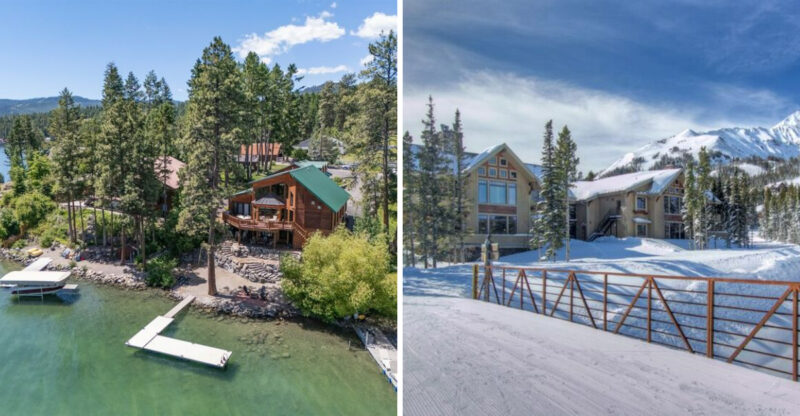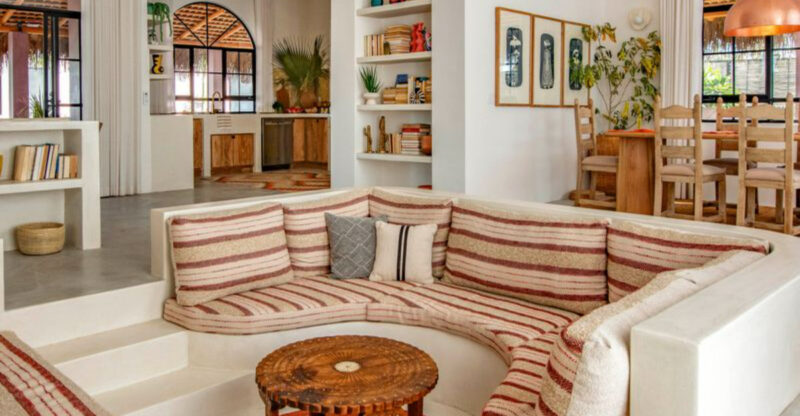5 Arizona Home Types Agents Expect To Fall In Value And 5 Set To Rise
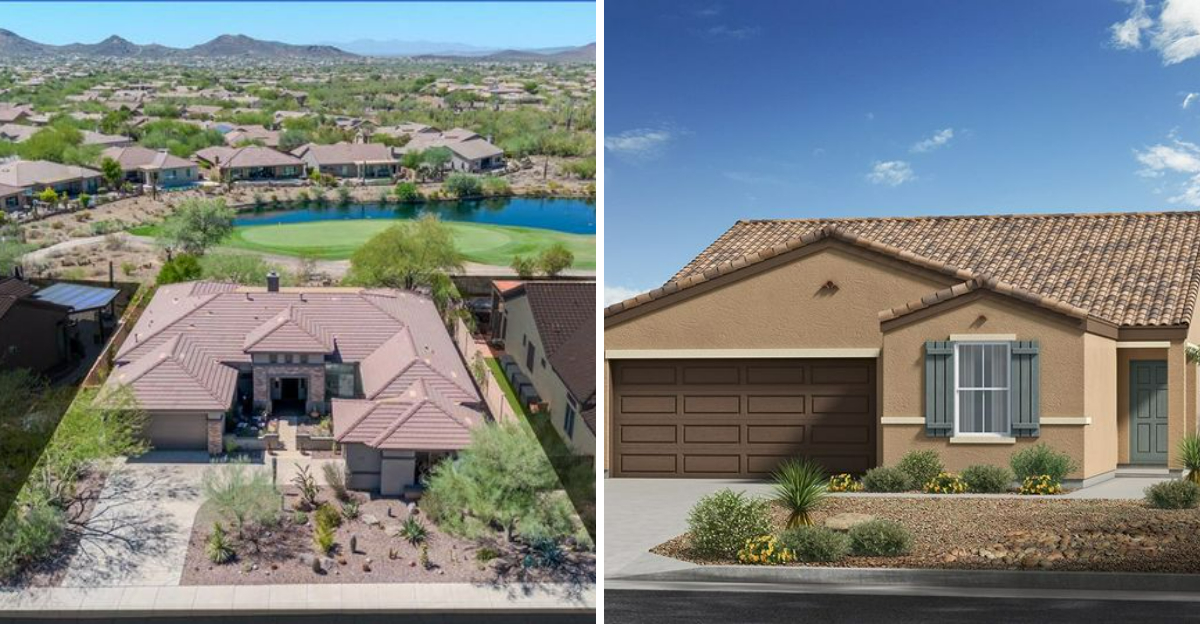
Arizona’s housing market is shifting, and real estate agents are watching closely to see which home types will gain or lose value. Some properties are becoming less desirable while others are catching buyer attention like never before.
Understanding these trends can help you make smarter decisions whether you’re buying, selling, or investing in the Grand Canyon State.
1. Luxury Golf Course Homes

High-end properties surrounding golf courses are facing headwinds as maintenance costs soar and younger buyers show less interest in the sport. Many of these estates require expensive upkeep for both the home and golf memberships that can run thousands annually.
Demand has cooled significantly compared to five years ago. I’ve noticed buyers prioritizing other amenities over golf access, which means sellers may need to adjust their expectations when listing these properties.
2. Older Suburban Tract Homes
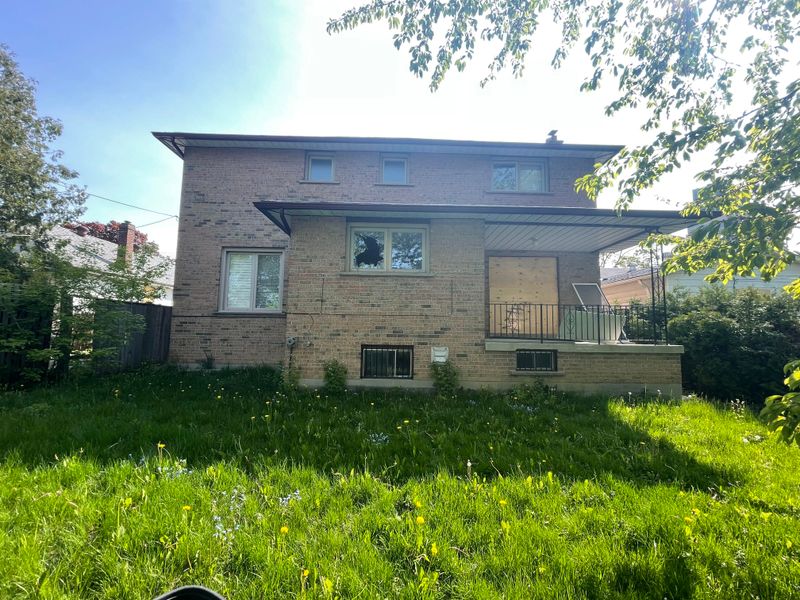
Built in the 80s and 90s, these cookie-cutter neighborhoods are losing appeal as buyers seek more character and modern features. Most need significant updates to kitchens, bathrooms, and energy systems that can cost tens of thousands of dollars.
Location matters less when the bones of the house feel outdated. Agents report these homes sit longer on the market unless priced below comparable updated properties in the area.
3. High-Rise Condos in Phoenix
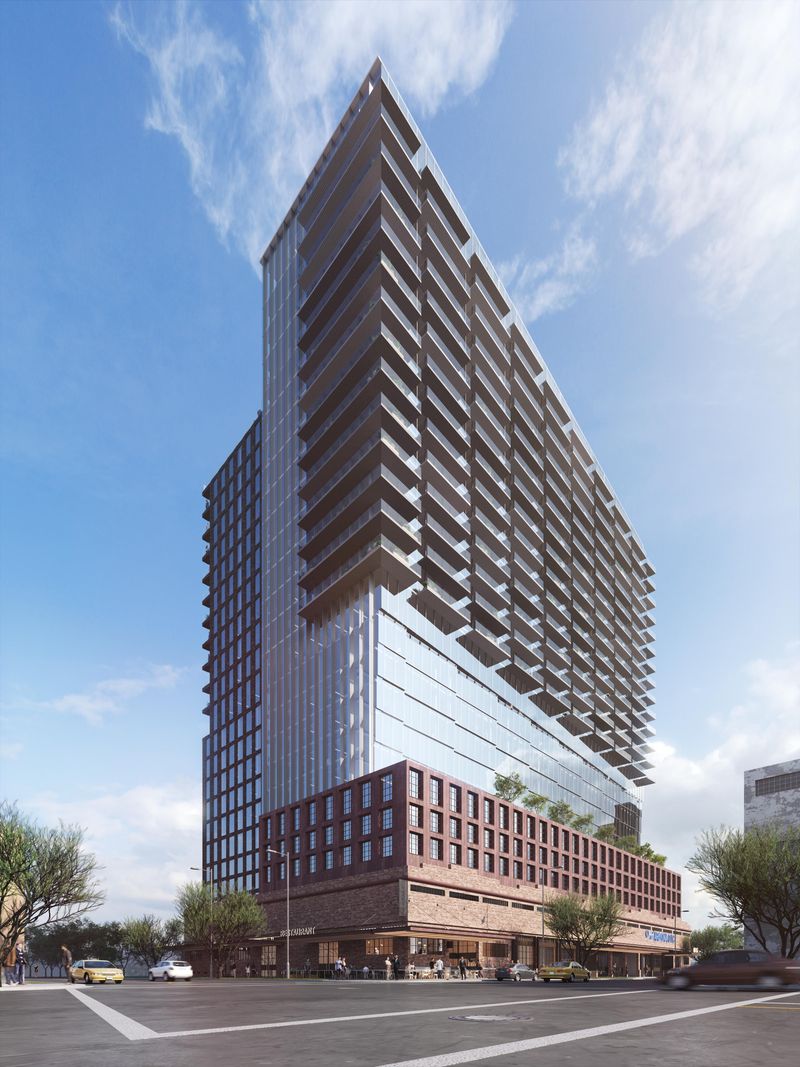
Downtown Phoenix towers seemed like the future a decade ago, but remote work changed everything for urban living preferences. Many buyers now want more space and outdoor areas rather than compact vertical living with shared amenities.
HOA fees remain high while resale values plateau or decline. I see inventory piling up as owners struggle to find buyers willing to pay premium prices for smaller square footage and limited parking options.
4. Homes Backing Desert Washes
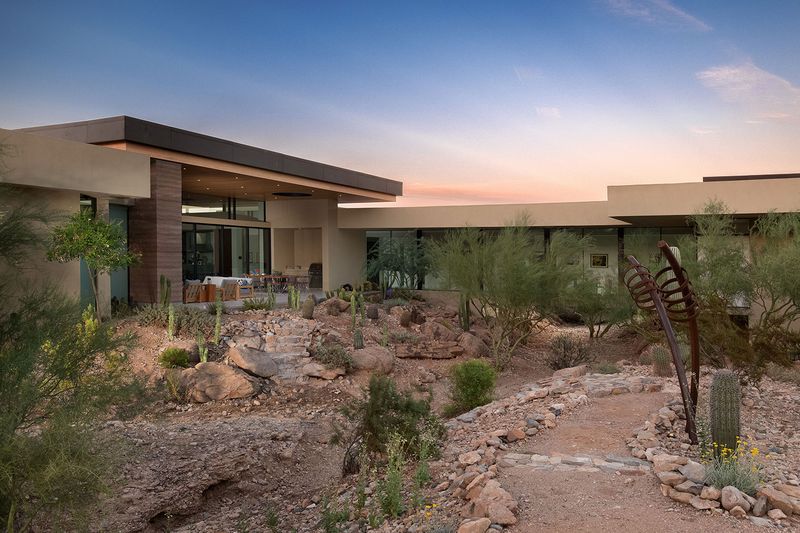
Properties along natural drainage channels face increasing insurance complications and flood risk concerns that scare away cautious buyers. Climate patterns are shifting, making these once-desirable nature views feel more like liabilities than assets to many families.
Lenders are getting stricter about financing these homes too. Even gorgeous views can’t overcome the worry about flash flooding during monsoon season, especially as extreme weather events become more common.
5. Vacation Rentals in Oversaturated Areas

Scottsdale and Sedona markets are flooded with short-term rental properties competing for the same tourist dollars. Stricter regulations and neighborhood pushback are making it harder to operate these investments profitably compared to previous years.
Returns are shrinking as supply overwhelms demand. Many owners find themselves with expensive second homes that don’t generate enough income to cover mortgages, especially during slower summer months when Arizona heat keeps visitors away.
6. Energy-Efficient New Builds

Builders are constructing homes with top-tier insulation, solar panels, and smart systems that slash utility bills dramatically. Arizona’s brutal summers make energy efficiency a massive selling point that resonates with budget-conscious buyers looking to save long-term.
These properties command premium prices but sell quickly. I recommend buyers consider the monthly savings versus slightly higher purchase costs, as the math often works out favorably over just a few years of ownership.
7. Homes with Casitas
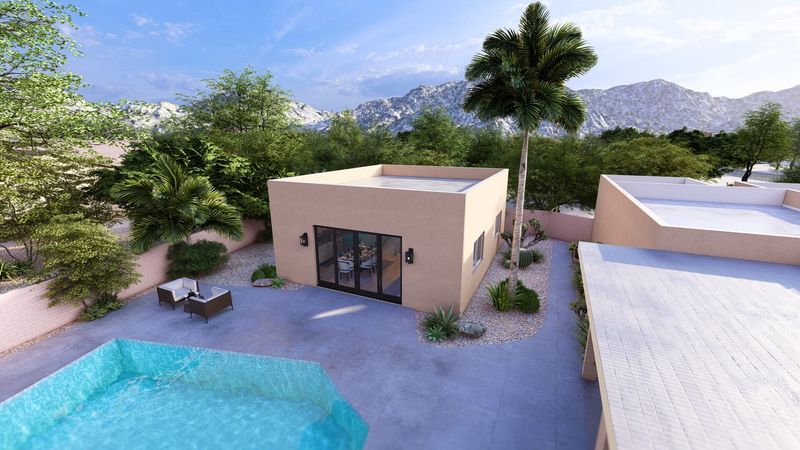
Separate guest houses are absolute gold for multigenerational families and those needing rental income opportunities. These versatile spaces work perfectly for aging parents, adult children, or home offices that provide privacy while keeping everyone close.
Demand has exploded in the past three years. Buyers will pay significantly more for properties with casitas because they solve multiple housing challenges at once without requiring major construction or permits.
8. North Phoenix and Anthem Properties

Master-planned communities in these northern areas offer newer construction, excellent schools, and family-friendly amenities that attract growing households. Commute times are improving as businesses expand northward, making these locations more practical for working professionals.
Appreciation rates here outpace many central Phoenix neighborhoods. Smart buyers recognize the value proposition of newer infrastructure, lower crime rates, and room for the region to continue developing over the next decade.
9. Homes with Desert Landscaping
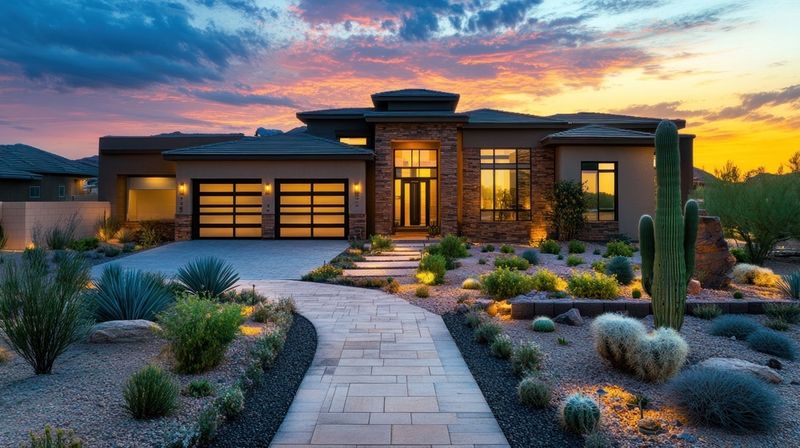
Water conservation isn’t just trendy anymore, it’s becoming essential as drought conditions persist across the Southwest. Properties featuring native plants, rock gardens, and xeriscaping appeal to environmentally conscious buyers and those tired of massive water bills.
Maintenance costs drop substantially without thirsty grass lawns. I notice younger buyers especially appreciate the natural aesthetic and sustainability aspect, making these homes easier to sell at competitive prices in today’s market.
10. Affordable Homes in Surprise and Buckeye

These western suburbs offer entry-level pricing that first-time buyers desperately need in Arizona’s expensive market. As more employers establish offices nearby and infrastructure improves, these once-distant communities are becoming legitimate options for families seeking homeownership.
Appreciation potential remains strong here. While they require longer commutes currently, population growth is pushing development westward rapidly, meaning today’s affordable purchase could become tomorrow’s centrally located property as the metro expands.




